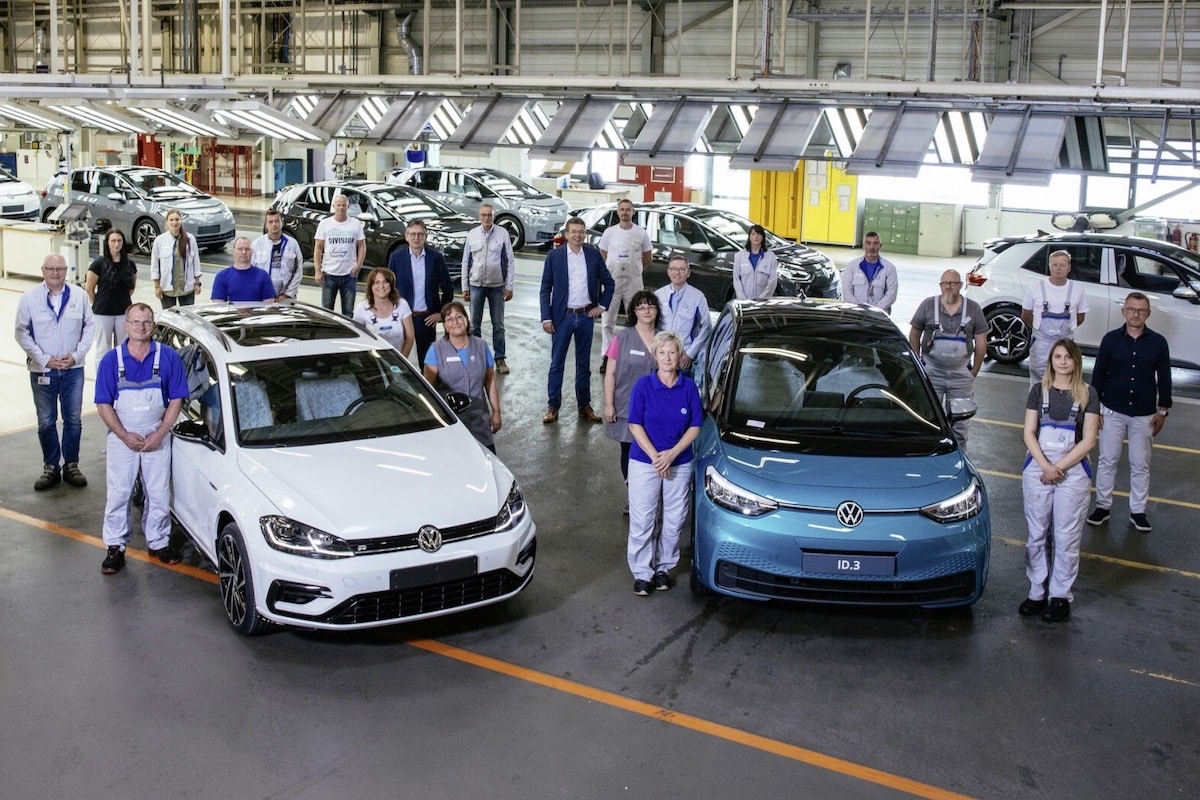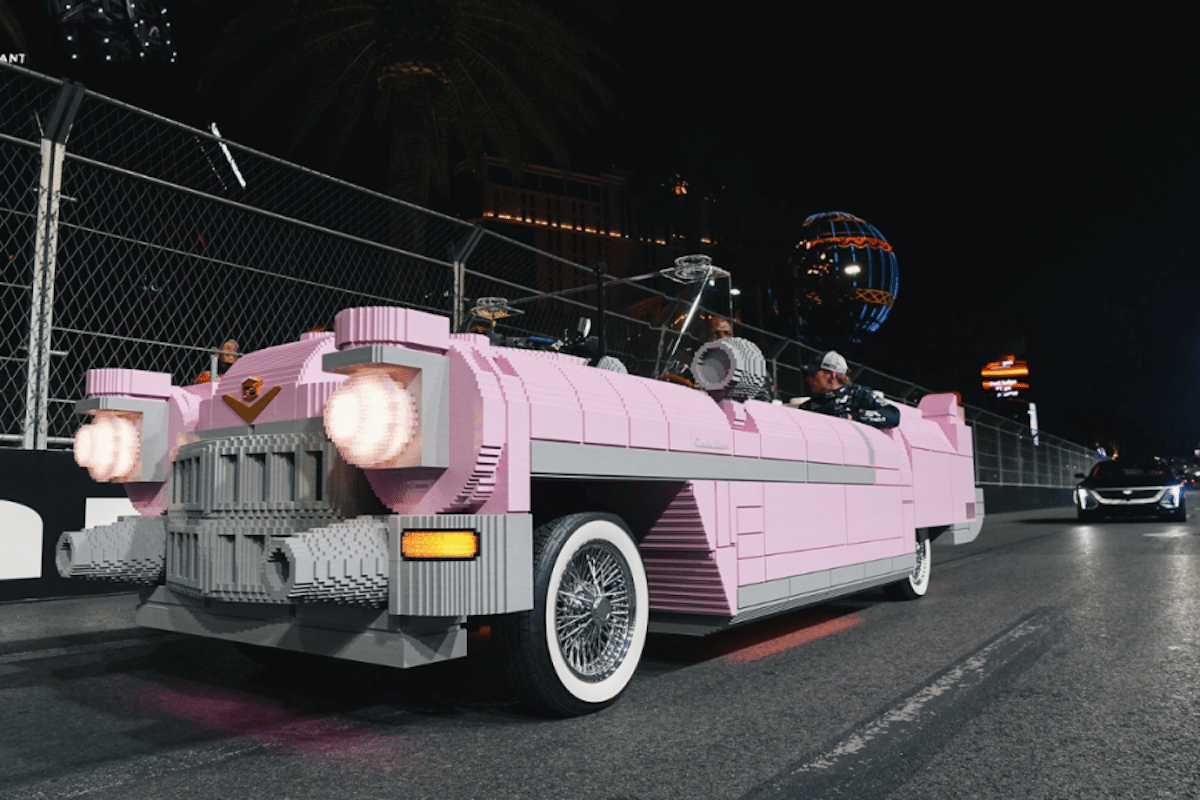The Great Crisis of European Car Factories

The automotive industry is hitting a snag in European car manufacturing. After Stellantis, it is now Volkswagen’s turn to slow down production.
The German automaker has confirmed that its Zwickau factory, showcase of its 100% electric strategy, will not produce any vehicles during the week following the next.
The site currently assembles five models based on the MEB platform, from three brands within the group: ID.3, Cupra Born, ID.4, ID.5, and Audi Q4 e-tron. It is experiencing the full impact of the reorganizations decided at the end of 2024. The compact ID.3 and the Born will be moved to Wolfsburg; the ID.4 will be concentrated in Emden; and the ID.5 will disappear due to lack of customers. Only the Audi Q4 e-tron and a future recycling center would remain at Zwickau, creating a fragile situation amid declining demand, particularly in the United States, further worsened by new tariffs.
Automotive stalls when demand does not keep up
The challenges are not limited to Saxony. In Emden, where the ID.4 and ID.7 are produced, discussions are underway to suspend production lines for several days. The Hanover plant, dedicated to the Multivan T7 and ID. Buzz, will also close during the fall break. Officially, these pauses are part of seasonal volume management, but they also reflect a deeper reality: installed capacities now exceed actual demand.
At Stellantis, the situation is similar. By choosing to temporarily suspend operations at Poissy and five other sites, the Franco-Italian-American group underscores the need to adjust to a market that is not growing as quickly as expected for electric vehicles. Its multi-energy strategy provides greater flexibility than Volkswagen’s, but it does not exempt it from similar tensions: high costs, fluctuating volumes, and customer uncertainty.
You might be interestedin this article:
Zwickau, Emden, Hanover, Poissy… these pauses add up and paint a portrait of an industry facing a double challenge: adapting its factories to the electric transition while struggling with lower than expected demand.
READ ALSO: Forced layoffs for 2,000 Stellantis employees in Poissy!
This page is translated from the original post "Le profond malaise des usines automobiles européennes" in French.
We also suggestthese articles:
Also read





